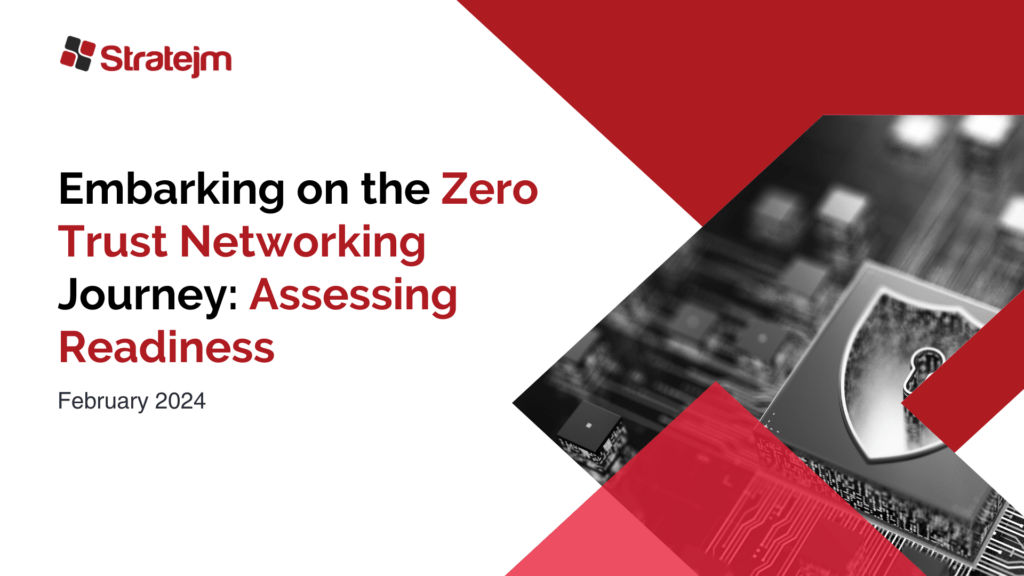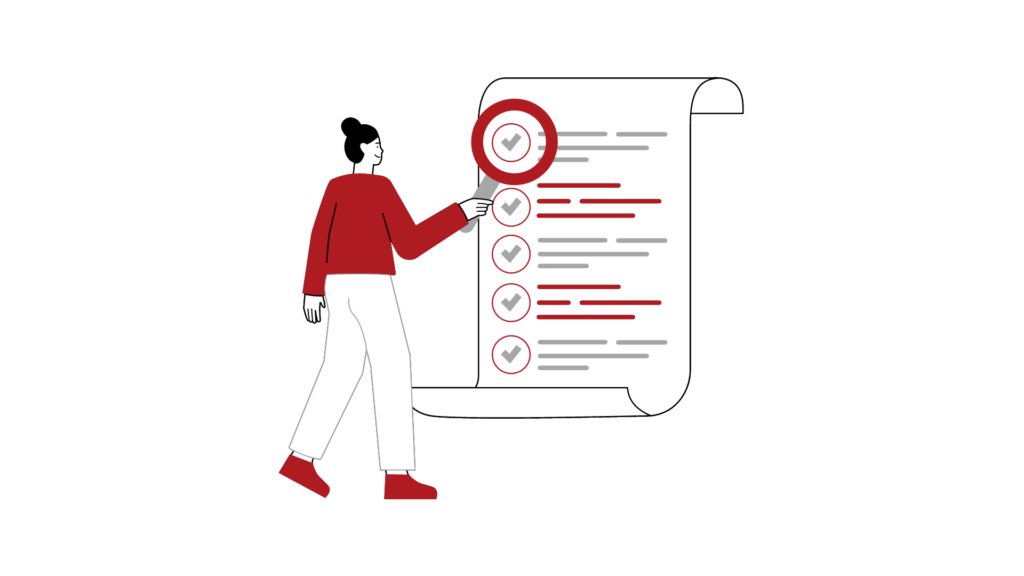 Embarking on the Zero Trust Networking Journey: Assessing Readiness
Embarking on the Zero Trust Networking Journey: Assessing Readiness
In the digital age, security is paramount. As cyber threats evolve, so do our defenses. Zero Trust Network Access (ZTNA) has emerged as a cornerstone strategy for safeguarding IT environments, advocating a “never trust, always verify” principle. However, amidst its growing popularity in 2024, ZTNA can seem like a daunting endeavor for many enterprises. This post aims to demystify the process, guiding those on the fence on how to assess their readiness for ZTNA and introducing Stratejm’s ZTNA readiness assessment as a pivotal first step.
Understanding ZTNA
Zero Trust Network Access is a security framework that eliminates implicit trust in any entity inside or outside the network. Instead, it requires continuous verification of all users and devices, ensuring they are authorized and authenticated before granting access to network resources. This approach minimizes the attack surface and reduces the risk of data breaches.
Assessing Your Readiness
 Before diving into ZTNA, it’s crucial to evaluate your organization’s readiness. Here are some key considerations:
Before diving into ZTNA, it’s crucial to evaluate your organization’s readiness. Here are some key considerations:
- Current Security Posture: Assess your existing security measures. A robust security infrastructure might include firewalls, intrusion detection systems, and endpoint protection. Understanding your current posture will highlight areas that need strengthening or adaptation for ZTNA.
- IT Infrastructure Complexity: Consider the complexity of your IT environment. Organizations with cloud-based resources, remote workforces, and IoT devices may find ZTNA more compelling. The more complex your environment, the more you’ll benefit from ZTNA’s granular access controls.
- Identity and Access Management (IAM): ZTNA heavily relies on advanced IAM solutions. Assess your current IAM capabilities — do you have strong authentication and identity verification processes in place? If not, you’ll need to bolster these areas.
- Regulatory Compliance Requirements: Understand the regulatory landscape your organization operates within. ZTNA can help meet stringent compliance demands by providing detailed access logs and ensuring only authorized users access sensitive data.
- Cultural Readiness: Implementing ZTNA is not just a technological shift but a cultural one. It requires buy-in from all levels of the organization. Assess whether your team is prepared for the change in mindset that ZTNA entails.
Stratejm’s ZTNA Readiness Assessment
For organizations uncertain about where to start, Stratejm’s ZTNA readiness assessment can serve as an invaluable resource. This assessment offers a comprehensive evaluation of your current security posture, IT infrastructure, IAM capabilities, and compliance needs.
Here’s what it entails:
- Initial Consultation: Understanding your business objectives and security concerns to tailor the assessment.
- Security Posture Evaluation: Analyzing your existing security measures and identifying gaps.
- IT Infrastructure Review: Assessing the complexity and readiness of your IT environment for ZTNA integration.
- IAM Assessment: Evaluating your IAM processes and recommending improvements.
- Compliance Check: Reviewing your compliance requirements and how ZTNA can aid in meeting them.
- Cultural Readiness Survey: Gauging the organizational readiness for adopting a Zero Trust mindset.
Conclusion
ZTNA is not just a buzzword but a strategic imperative in the fight against cyber threats. However, embarking on the ZTNA journey requires careful consideration and preparation. By assessing your readiness and leveraging resources like Stratejm’s ZTNA readiness assessment, you can ensure that your organization is well-positioned to adopt this transformative security framework. Remember, the path to Zero Trust is not a sprint but a marathon, requiring ongoing commitment and adaptation. Start your journey with confidence, knowing that you are taking a proactive step towards a more secure and resilient future.
